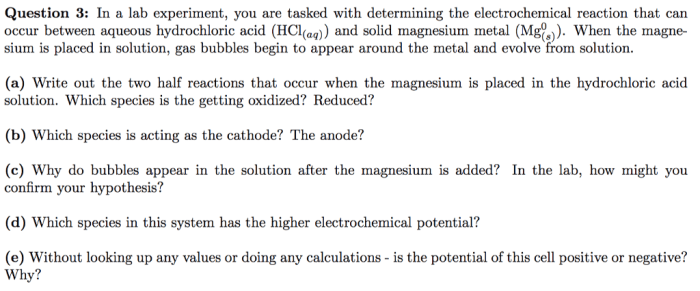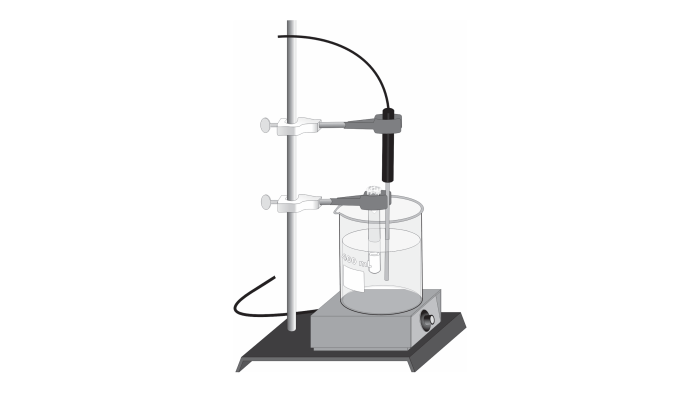Simulation activity metals in aqueous solutions is a rapidly growing field that utilizes computational and experimental techniques to understand the behavior of metals in water-based environments. These simulations provide valuable insights into metal-ligand interactions, corrosion processes, and the environmental fate of metals, making them essential tools in various scientific disciplines.
The study of metal behavior in aqueous solutions is crucial for comprehending a wide range of phenomena, from the corrosion of metal structures to the bioavailability of metals in ecosystems. By simulating metal behavior under controlled conditions, researchers can gain insights into the factors that influence metal speciation, solubility, and reactivity, enabling the development of strategies to mitigate metal-related environmental and industrial challenges.
Introduction

Simulating metal behavior in aqueous solutions refers to the computational or experimental techniques used to mimic and study the behavior of metals in water-based environments. These simulations aim to provide insights into the interactions between metals and water molecules, as well as the effects of various factors on metal speciation, solubility, and reactivity.
Simulating metal behavior in aqueous solutions is crucial for understanding and predicting the environmental fate of metals, corrosion processes, and metal-ligand interactions. These simulations enable researchers to investigate the complex mechanisms underlying metal behavior in various aqueous systems, providing valuable information for developing mitigation strategies and optimizing industrial processes.
Methods for Simulating Metal Behavior
Computational Techniques
- Molecular dynamics simulations:Simulate the motion of individual atoms and molecules, providing insights into the dynamic interactions between metal ions and water molecules.
- Monte Carlo simulations:Randomly sample the possible configurations of a system to calculate thermodynamic properties and equilibrium constants.
- Density functional theory (DFT):Calculates the electronic structure of metals and their interactions with water molecules, providing information about metal speciation and reactivity.
Experimental Techniques, Simulation activity metals in aqueous solutions
- Potentiometric titrations:Measure the pH of a solution containing metal ions to determine their speciation and complexation behavior.
- Spectroscopic techniques:Use various spectroscopic methods (e.g., UV-Vis, X-ray absorption spectroscopy) to identify and characterize metal complexes.
- Electrochemical techniques:Apply electrochemical methods (e.g., cyclic voltammetry) to study the redox behavior of metals and their interactions with water molecules.
Factors Affecting Metal Behavior in Aqueous Solutions
- pH:Influences metal speciation, solubility, and reactivity by altering the charge and coordination environment of metal ions.
- Temperature:Affects the solubility and stability of metal complexes, as well as the rates of metal-ligand reactions.
- Ionic strength:Influences the activity of metal ions and the formation of ion pairs and complexes, affecting metal speciation and solubility.
- Ligand concentration:Competes with water molecules for coordination to metal ions, influencing metal speciation and solubility.
- Presence of other ions:Can interact with metal ions, forming complexes or altering their speciation and reactivity.
Applications of Simulation Activity Metals in Aqueous Solutions

- Study metal-ligand interactions:Simulate the formation and stability of metal complexes, providing insights into the mechanisms of metal binding and complexation.
- Corrosion processes:Investigate the role of metals in corrosion reactions, identifying the factors that influence corrosion rates and developing mitigation strategies.
- Environmental fate of metals:Simulate the transport, speciation, and reactivity of metals in aquatic environments, assessing their potential impact on ecosystems and human health.
Recent Advances and Future Directions: Simulation Activity Metals In Aqueous Solutions

Recent advances in simulation techniques for metal behavior in aqueous solutions include the development of:
- Machine learning algorithms:Used to predict metal speciation and reactivity based on experimental data and theoretical models.
- Enhanced sampling methods:Allow for the efficient exploration of complex energy landscapes, providing more accurate simulations of metal behavior.
Future directions in this field include:
- Integration of multiple simulation techniques:Combining different methods to provide a more comprehensive understanding of metal behavior.
- Simulation of complex aqueous systems:Investigating metal behavior in real-world scenarios, such as wastewater treatment plants or natural water bodies.
Detailed FAQs
What are the advantages of using simulations to study metal behavior in aqueous solutions?
Simulations allow researchers to investigate metal behavior under controlled conditions, enabling them to isolate and study specific factors that influence metal speciation, solubility, and reactivity. Additionally, simulations can provide insights into processes that are difficult or impossible to observe experimentally, such as the formation of metal-ligand complexes or the behavior of metals at the nanoscale.
What are the limitations of using simulations to study metal behavior in aqueous solutions?
Simulations are limited by the accuracy of the underlying models and the computational resources available. Complex systems, such as those involving multiple metal ions or organic ligands, can be computationally demanding and may require simplifications or approximations. Additionally, simulations may not be able to fully capture all of the interactions and processes that occur in real-world systems.
